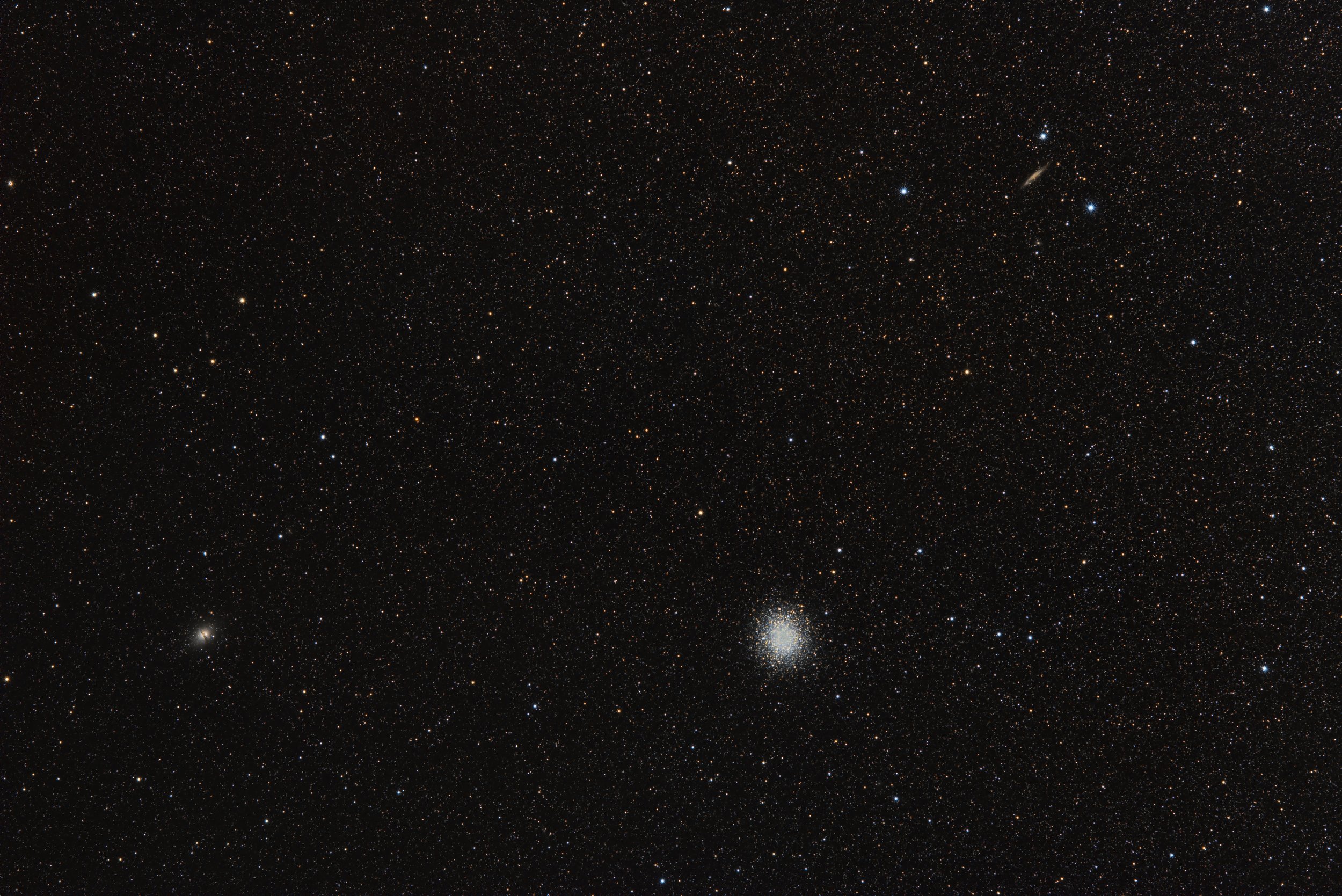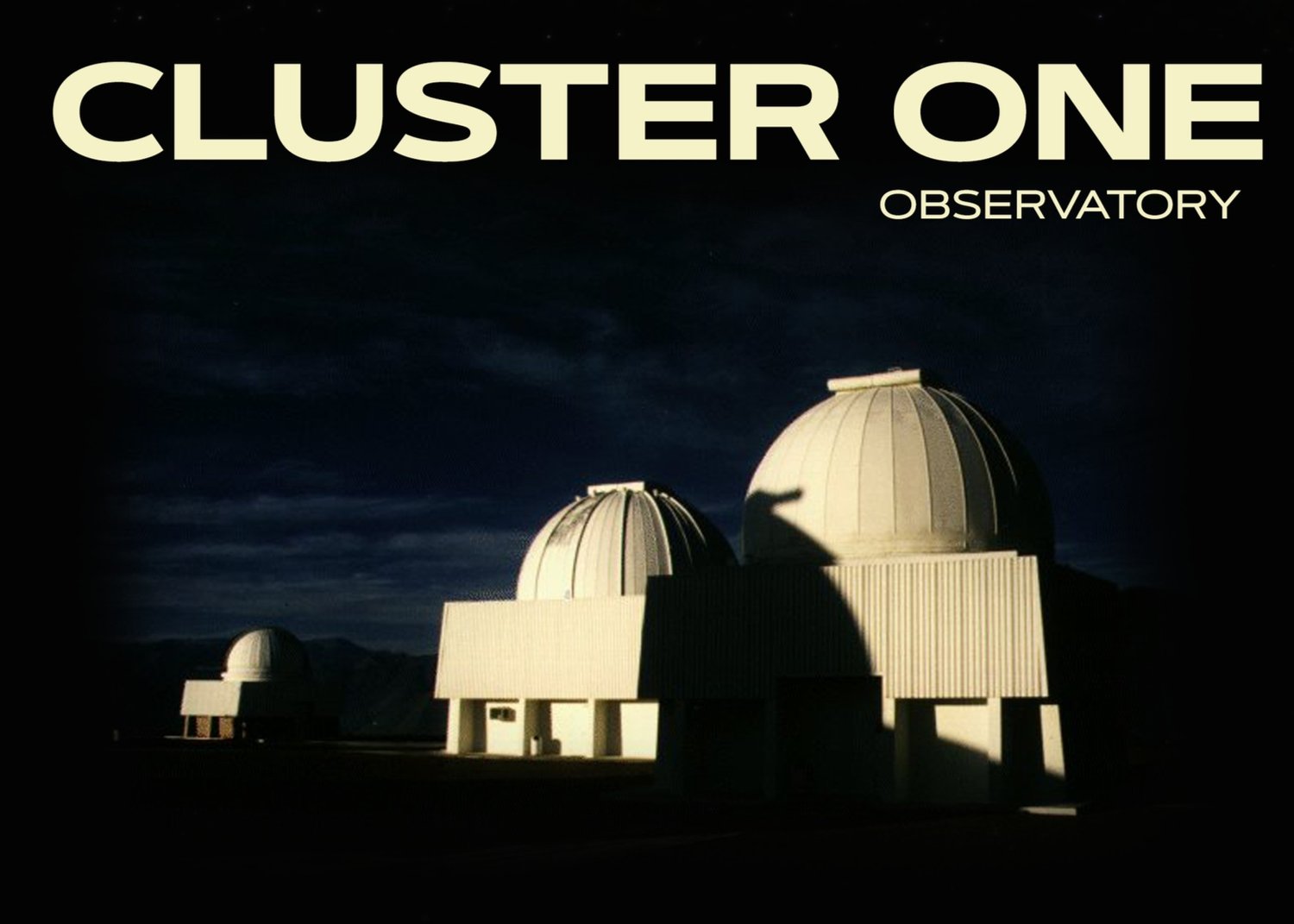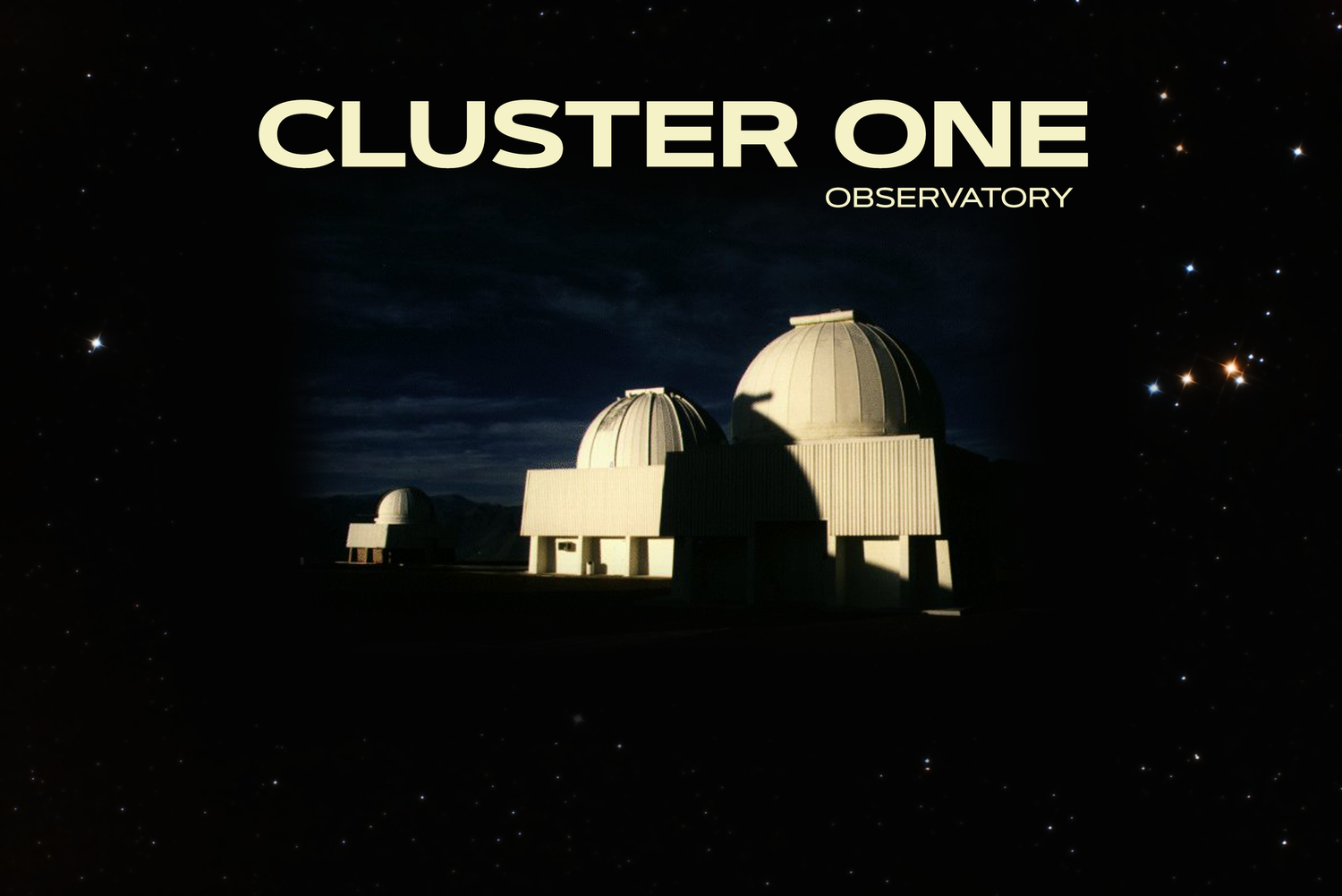
Data backup
Raw data backup
It may not be one of the most entertaining parts of astronomy but, not for this reason, we cannot fail to mention its importance in the workflow.
The data acquisition process produces files in the FITS (Flexible Image Transport System) format, which can weigh a few megabytes. For example, if we think of a typical night of observation, in which we have acquired about 8 hours of data spread over light frames of 300 seconds of duration, we could easily end up with more than 2 GB of data. To this, we must add the calibration frames, so considering a backup media for those raw files is ideal.
Usually the day after the observing night, we transfer the raw data files from our acquisition device (ZWO ASIAir Plus) to our reduction computer and from there, we immediately create another backup to an external solid-state drive (SSD). So in case of any stupid file management operation or hardware fail, we’ve got a backup of our precious raw data.
Reduction backup
During the pre-process and post-process, a huge amount of files is produced as result of the several stages of the data reduction. Most of them can be safely purged afterwards since they use lot of disk space and are not really needed. At the end of the process, we keep the master files in our backup system.
And once we’re ready with the post-process, the final reduced image is then uploaded to AstroBin.

